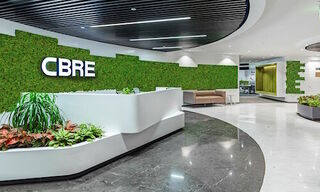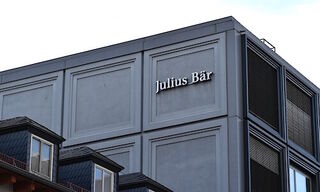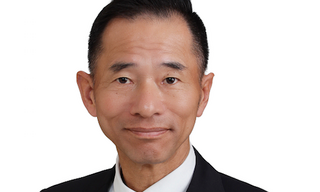Key Data Centers in APAC Poised for a Boom
Asia-Pacific leads global data center investment, capturing $15.5 billion in 2024 and accounting for 70 percent of cross-border investment. The market is expected to reach $4 trillion by 2030.
Global real estate adviser Knight Frank has published its latest «Global Data Centres Report», projecting market growth at a compound annual growth rate (CAGR) of 18 percent over the next five years, with the market expected to reach $4 trillion by 2030.
The analysis forecasts capital expenditure exceeding $286 billion by 2027 as operators respond to mounting demand for AI-optimised infrastructure, cloud services, and enterprise digital initiatives. The research examines critical factors shaping data center capacity planning and operational strategies across global markets.
APAC Growth Projections Through 2026
Building on this investment momentum, APAC is forecast to add 4,174 MW of capacity (a 32 percent increase) by 2027, supported by planned investments totalling $58.7 billion over these two years.
This expansion spans diverse markets from established hubs such as Tokyo, Japan, to rapidly developing locations such as Johor, Malaysia, where major cloud providers are securing strategic sites to meet escalating regional demand.
«The global data center industry is undergoing rapid transformation, with hyperscaler and colocation providers prioritising markets that offer access to power, robust connectivity, and a favourable regulatory environment,» Stephen Beard, Global Head of Data Centers at Knight Frank, said.
Key Data Center Markets in APAC
• Mumbai, India: AWS is transforming Mumbai’s data center market by scaling through colocation rather than self-building. Instead of acquiring land and constructing its own facilities, AWS is leasing large amounts of capacity from third-party operators. This approach has made Mumbai one of the most competitive leasing markets in APAC.
- Tokyo, Japan: This key APAC hub is poised for 25 percent capacity growth (295 MW) over the next two years, supported by $4.1 billion in investment. Japan's strategic location, stable power infrastructure, and expanding cloud service requirements continue to drive steady market development despite land constraints.
- Johor, Malaysia: Positioned for significant expansion with 85 percent capacity growth (335 MW) over the next two years, backed by $4.7 billion in investment. Johor's strategic location adjacent to Singapore, coupled with favourable government incentives and lower operational costs, establishes it as a viable alternative for hyperscale expansion.
- Melbourne, Australia: A major shift towards ultra-high-density deployments is redefining the city’s data center landscape. AI workloads require significantly more power, pushing rack densities from 30 to 40 kW to over 80 kW. This has intensified competition for high-density-ready colocation space, with operators racing to integrate liquid cooling and power distribution upgrades.
- Singapore: With vacancy rates below 1 percent, the main liquidity of transactions has shifted towards smaller rack deals despite Singapore’s standing as a large-scale market. These fractional capacity deals have surged in pricing, with some operators securing pricing exceeding $1,000. Investors and operators continue to recognise the profitability of these small-scale transactions, with colocation providers rapidly leasing out available capacity at premium prices.
- Bangkok, Thailand: With land and power costs significantly lower than in other Tier 1 APAC cities, hyperscalers can achieve rapid deployment while maintaining operational control. However, despite the market’s potential to become a gigawatt-scale hub, the extent to which colocation will play a role remains uncertain.
«As global capital races to capture the next wave of digital infrastructure growth, the competition for prime development sites, particularly in power-constrained locations, will intensify. The task ahead is to build infrastructure that not only supports innovation but also safeguards sustainability, security, and equity,» Beard added.



























